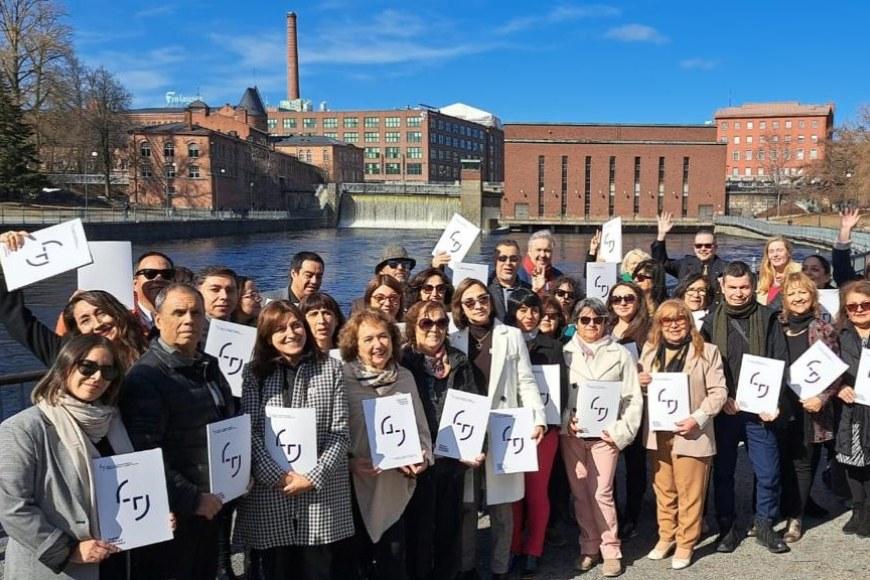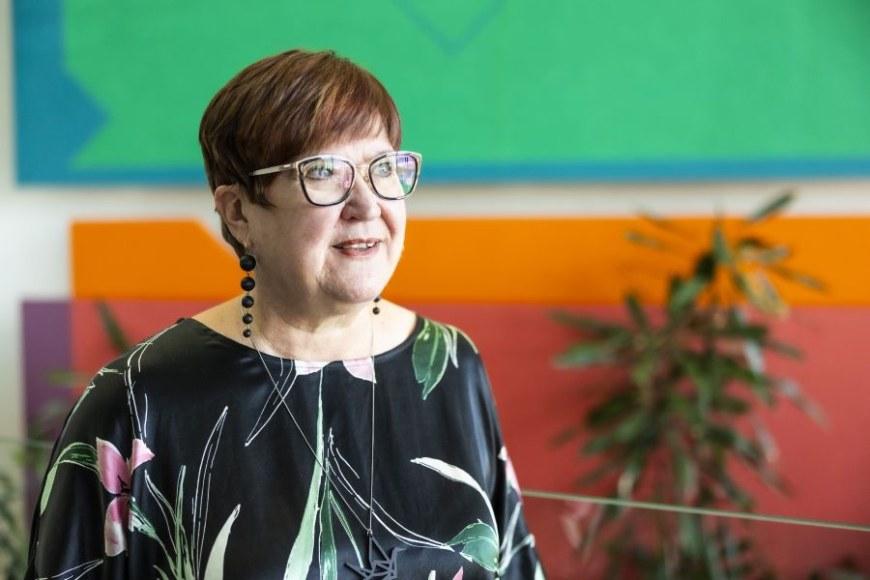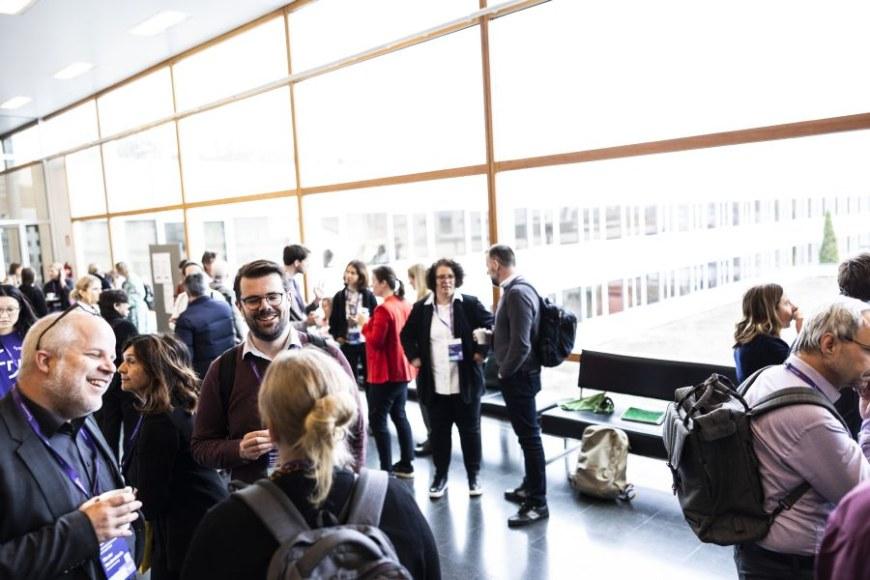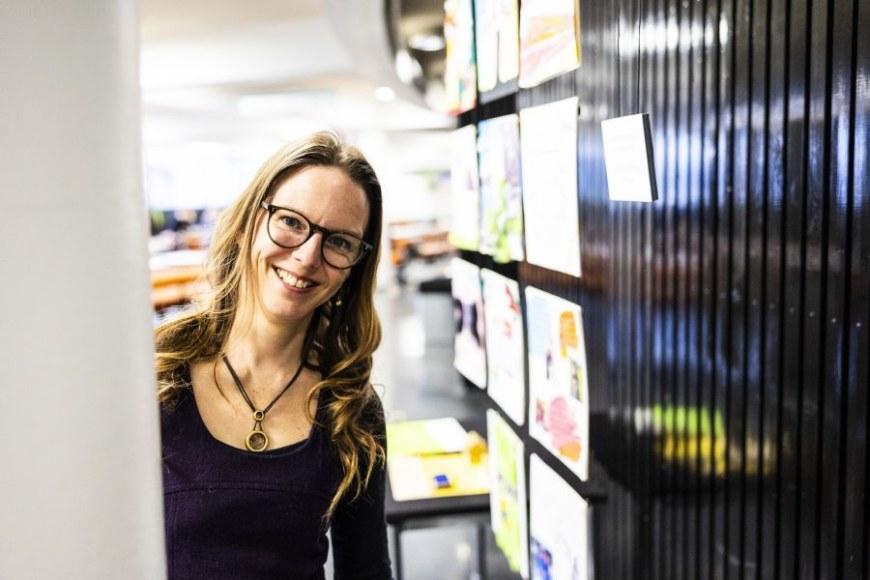An inclusive society requires technology and a change of attitude
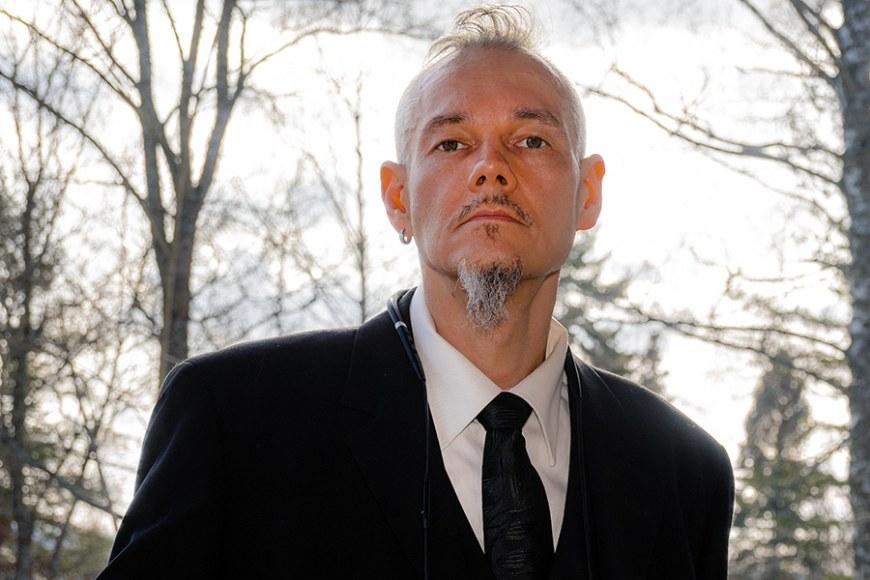
“Accessibility should not just be regarded as a letter of the law to be obeyed. Accessibility starts with attitudes about whether we want to create a truly accessible society for all or whether we are just trying to meet the minimum legal obligations,” says Markku Turunen, a professor of interactive technology at Tampere University.
Together with colleagues Maija Hirvonen and Camilla Lindholm, Turunen leads an educational module at Tampere University that comprehensively addresses the role of people and technology in accessibility. Introduction to Accessibility, which is a massive open online course (1 ECTS), is now open to participants.
The European directive on the accessibility of the websites and mobile applications of public sector bodies stipulates that the online services of public bodies must be accessible to people with special needs.
The requirement that images displayed online must be accompanied by a textual description of their content has attracted the most attention because it has proved to be a tough challenge for photo archives and museums. In addition to digital image content, accessibility also applies to eg computer games and various forms of entertainment content.
From innovation to regulation
New technologies are created from innovations, which – when they are disseminated to the public – move into the regulatory phase where their use and supply will be regulated. Does accessibility now mean that digital services have become regulated?
“Yes, it does. The challenge is that even though technology can offer much more, it is only through regulation that things will move forward,” Turunen says.
Tampere University’s courses have shown that the teachers are concerned about accessibility but not so much about their own motivation to make society more accessible. The real reason for this concern is the fear of being criticised for not having accessible learning material.
“We understand the realities that; this is not close to everyone’s heart. Unfortunately, great strides have happened because of legislation throughout history,” Turunen points out.
Technology users become pioneers
Technology alone will not solve all the problems. According to Turunen, technology pioneers are not only those who invent technology.
“In accessibility solutions, many target groups are pioneers in their own field and not everyone in the target group adopts the same technology; it is a process, a socio-technical issue. The question is how these issues are integrated into societal and individual approaches,” he says.
A technical solution alone will not work, even if it is technically ready and makes economic sense. Turunen gives an example from the digital public transport services for people with reduced mobility in Finland. It turned out that the services worked fine but there was no demand for them, as people with reduced mobility get service vouchers to use other means of transport. Public transport was not an option for them.
“It is a complex puzzle. The question is where to find the genuinely achievable solutions that can take innovation from technophiles’ ideas to practice,” says Turunen.
He sees the application of new technology as a fascinating and intricate game of change, with new possibilities emerging all the time.
“We have a moving target here. We just have to see which way to go to introduce new solutions,” Turunen points out.
Accessibility is often approached through disabilities, which are used to group people together. However, the needs of people with disabilities are very individual.
“We need to find sensible, viable solutions for the interface between technology and the real world,” Turunen says.
Artificial intelligence involves expectations and fears
Tampere University’s accessibility course explores the potential of new technologies, including the highly anticipated field of artificial intelligence.
Turunen points out that in the public debate, the term AI is used to describe various technologies which mean very different things to researchers in the field. AI is associated with both over-optimistic expectations and dystopian fears.
“We want to highlight the potential and limitations of AI, but also the problems it can help to solve,” Turunen says.
He emphasises that new technology is often useful, but its application must be considered on a case-by-case basis.
“It is easy for people to think that technology should either work properly or not at all. However, the suitability of technology should be assessed separately in each case,” Turunen mentions.
Accessibility course requires no prior knowledge
Tampere University’s accessibility education consists of a 30-credit module for Master’s level students. The same programme Accessibility in Digital Society is also available as a paid continuing education module for anyone interested in the subject. The training is structured in such a way that no extensive prior knowledge of the topics is required.
Turunen recommends the module to all those who wish to acquire basic knowledge on accessibility because of their work or interest in the topic.
The greatest demand for the education is in public institutions that provide digital services.
“I believe and hope that people who work in the private and third sectors, who are not obliged to fulfil the legal obligations, will also see accessible digital services as a competitive advantage and a value in itself,” Turunen says.
Tampere University’s Accessibility in Digital Society module.
